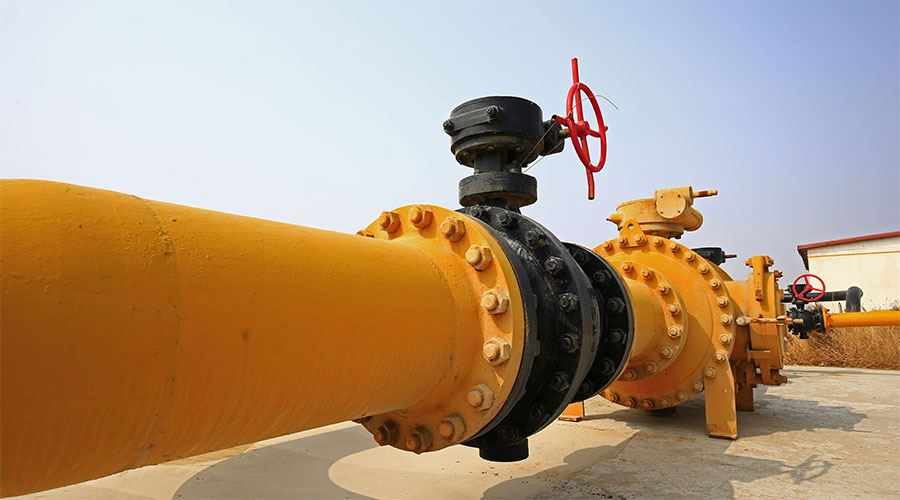We learned in September that Bakken natural gas production hit a record high monthly average of 718,796 cubic feet per day in July.
The Williston Basin shale deposit is the most productive in the United States, maintaining this lead as it continues to increase production month over month.
And the Bakken and shale deposits like it are responsible for the abundance of natural gas in the United States. The shale boom has sparked interest in natural gas-powered vehicles, natural gas exports, and has even kept the possibility of energy independence on everyone's minds.
Natural gas prices hit ten-year lows of $1.91 this year after the influx of production was complimented by a warmer-than-usual winter and subsequent low demand.
But despite all of this, output still isn't what it could be.
Roughly a third of natural gas produced in the Bakken in July was flared due to a lack of infrastructure for transporting the resource.
Flaring, or burning of excess gas, occurs when there is more gas produced than can be handled. It's a waste of resource and damaging to the environment.
But there just isn't enough infrastructure to support the ever-increasing output at the Bakken. Pipelines require time for approval and construction, and though railways have picked up some of the slack, there is still an excessive amount of flaring.
So a number of Bakken drillers breathed a sigh of relief on Monday when a company owned by Enbridge Inc. and Veresen Inc. announced it has just received approval to add to the lagging Bakken infrastructure.
Alliance Pipeline was given regulatory approval for its Tioga pipeline, a 106.5 million-cubic-feet-a-day project that will run from the Bakken Shale to the Chicago market.
The pipeline company hopes to have the project in operation by midway through next year.
Bottom of Form
From the Sacramento Bee:
"Moving more Williston Basin gas to market will also help reduce flaring and provide direct environmental and economic benefits to North Dakotans," Mike McGonagill, senior vice president and chief operating officer for Alliance Pipeline, said Monday.
"This is a major milestone that enables Alliance to further align with market and customer needs, while capitalizing on our unique ability to ship liquids rich natural gas since the Alliance pipeline is directly connected to the large-scale NGL extraction and fractionation facility near Chicago owned by Aux Sable Liquid Products."
Alliance has already reached an agreement with Hess Corporation, which will use 61.5 million cubic feet of the pipeline's capacity of 106.5 million cubic feet.
Alliance has also noted that it may be able to expand the pipeline's capacity even more in the future.
Pipeline and other transportation infrastructure will be an important step in continuing to develop the Bakken and allowing for increased production. As shale deposits like Texas' Eagle Ford and Ohio's Utica shale begin to approach Bakken levels, they too will provide opportunities for infrastructure development.
Reduced flaring is essential to protecting the atmosphere and the resource these companies spend time and money to extract. And increased infrastructure, like the Tioga pipeline, is the way to do that.
That's all for now,
Brianna Panzica
Energy & Capital


























































